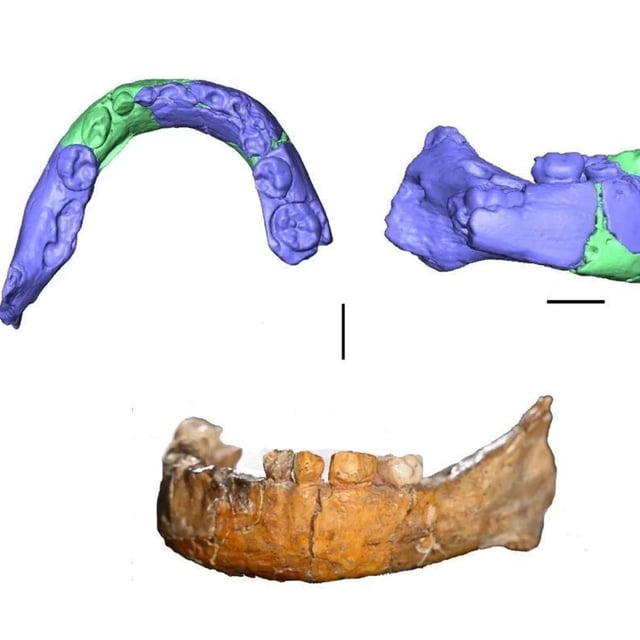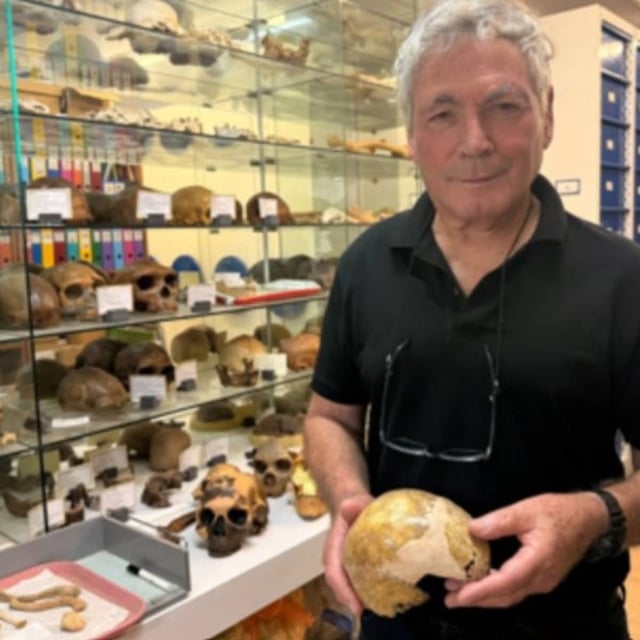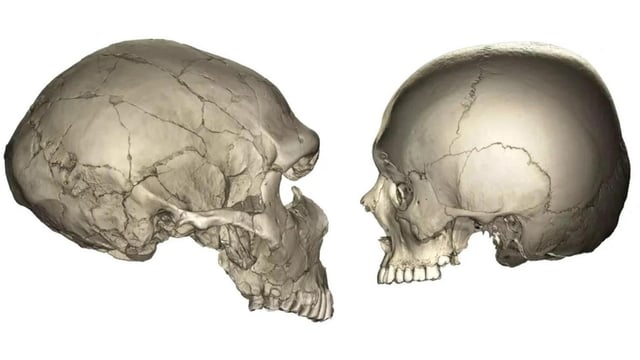Overview
- Researchers from Tel Aviv University and France’s CNRS used high‑resolution micro‑CT and 3D modeling to reassess a juvenile skeleton excavated in 1932 from Skhūl Cave near Haifa, with results published in L’Anthropologie.
- Comparative analyses report a modern‑human‑like cranial vault alongside Neanderthal‑typical features in the mandible, inner ear, and intracranial vascular pattern.
- The child is dated to roughly 140,000 years ago, was about three to five years old, and was buried at the site on Mount Carmel in Israel.
- The authors interpret the anatomical mosaic as the earliest physical evidence of interbreeding in the Levant, implying contact long before the well‑documented European episodes about 60,000 to 40,000 years ago.
- Experts including Chris Stringer and John Hawks caution that such traits can fall within normal variation and argue that definitive confirmation would require ancient DNA.


